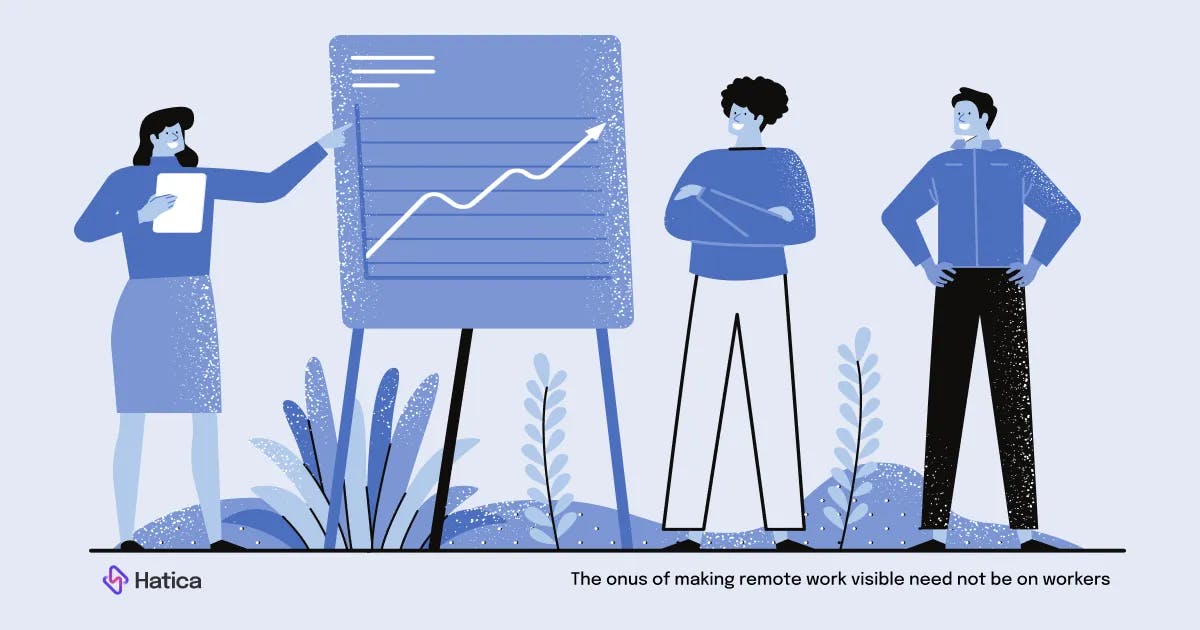Remember when you had an important project due and you would sit at your work desk, completely focused on the task at hand, barely noticing the movement in the office around you? Remember how your team and superiors would quip in to check if they could help? Remember how, when the task was completed, irrespective of the outcome, your colleagues would appreciate your sincerity, and your managers and seniors would recognize your effort because they all “saw” you give your best to the task? This seemingly natural scenario is visibility at work – the ability to see and be seen; the appreciation, acknowledgment, and reward of an individual’s work by virtue of being visually noticed in a workspace.
This visibility is critical, particularly for knowledge workers, since this is how employees know what work is being done in their teams and by their peers. Visibility is also the seed of motivation to stay dedicated and accountable to projects, the intrinsic motivator to knowing that efforts are valued and rewarded. Without visibility, it becomes difficult to give credit where credit is due, build professional networks, and help colleagues to navigate challenges and bottlenecks.
The challenge of visibility in remote workplaces
Today, as more than 75% of the business world has adopted some form of remote work, visibility has become more crucial and less straightforward. In the remote workplace, where employees work from distributed physical spaces, peers and managers do not have the advantage of seeing what work is being done by an individual. This disadvantages the entire team’s dynamics; On the one hand, managers are unable to fully grasp the effort and time contributed by a teammate nor are they able to spot and preempt bottlenecks. They are also unable to evaluate performance, follow up on task commitments, or help their teams be more productive. On the other hand, employees are unable to showcase their contributions until a task leads to a successful outcome. In the meantime, employees are left overcompensating for the lack of visibility, leading to a myriad of short and long-term issues.
The status quo in today’s remote workplace
As the world of work evolves to accommodate more remote workers, the systems and processes have skewed to let the burden of making work visible fall unduly on the employees’ shoulders. The common practice in today’s remote workplace is for employees to ensure that they keep their peers and managers informed about what tasks they are contributing to, diligently give updates on the smallest task changes, and stay active on all internal communication channels so that all project stakeholders can see their presence on projects. The status quo also fosters a culture of being “always-on”, with employees overcompensating for the lack of visibility by staying digitally plugged in at even odd hours of the day. In this environment, the insecurity of staying disconnected from the activities of their team members has led to about 80% of managers of large companies adopting some form of employee monitoring to get insights into what work is happening in their teams.
The problem with the status quo
When the global workforce first made the mass shift to remote work because of the Covid-19 pandemic-enforced regulations, companies around the world were reporting astonishing figures of increased productivity, better employee experience, and positive business results. These results were in line with research from many decades of remote work practice that establishes the positive outcomes of the remote workplace.




